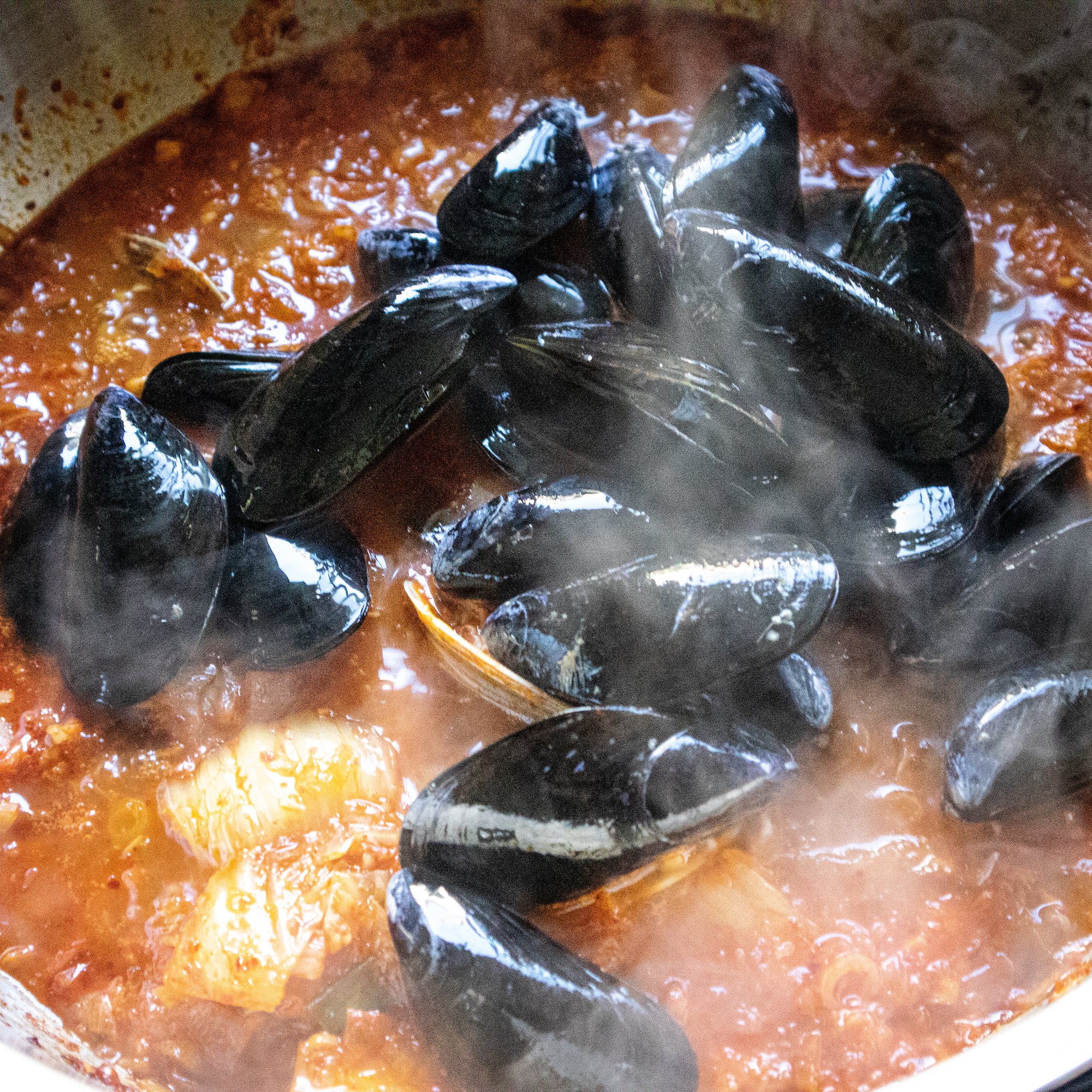This recipe was made in partnership with
Four Star Seafood been providing seafood and specialty products to some of the best restaurants in San Francisco since 2015. The founders started our careers in the kitchen, as chefs. After traveling to coastal towns around the world, they became frustrated to return home to seafood that was less sweet and less pristine, despite our location right on the Pacific Coast. They wanted to do things a little differently and started Four Star Seafood.

Vietnamese Style Ceviche | Cá Tái Chanh
Ingredients
Instructions
- Place a medium-sized stainless steel bowl in the refrigerator for 30 minutes to keep cold.
- In the chilled stainless steel bowl, add 1 lb. of the diced Wild Aomori Yellowtail, 1 tsp. of Lemon Juice, 1 tsp. of Rice Vinegar, 1 tsp. of Minced Ginger, 1 tbsp. of Son Fish Sauce, 1/4 tsp. of Organic Sugar, 1/4 cup of Sliced Scallions, 1 tsp. of Small Diced Serrano, and a pinch of Kosher Salt.
- Mix gently to incorporate all the ingredients.
- Cover and refrigerate for about 20 minutes.
- Take the mixture out of the refrigerator, remove the cover and add 1/8 tsp. of Sesame Oil, and 1 tbsp. of Sesame Seeds.
- Mix gently to incorporate all the ingredients.
- Just before serving, stir in the garnishes [mint, dill, cilantro, chive] gently.
- For serving, set out the Cá Tái Chanh mixture onto a large plate off-center.
- Place the Grilled Rice Paper adjacent to the Cá Tái Chanh.
- Serve and eat immediately.
Notes
Grilled Rice Paper
- Place a piece of dried rice paper over an open flame, dragging it back and forth (1-2 minutes) until the rice paper puffs into a chip.
- Repeat on the other side.


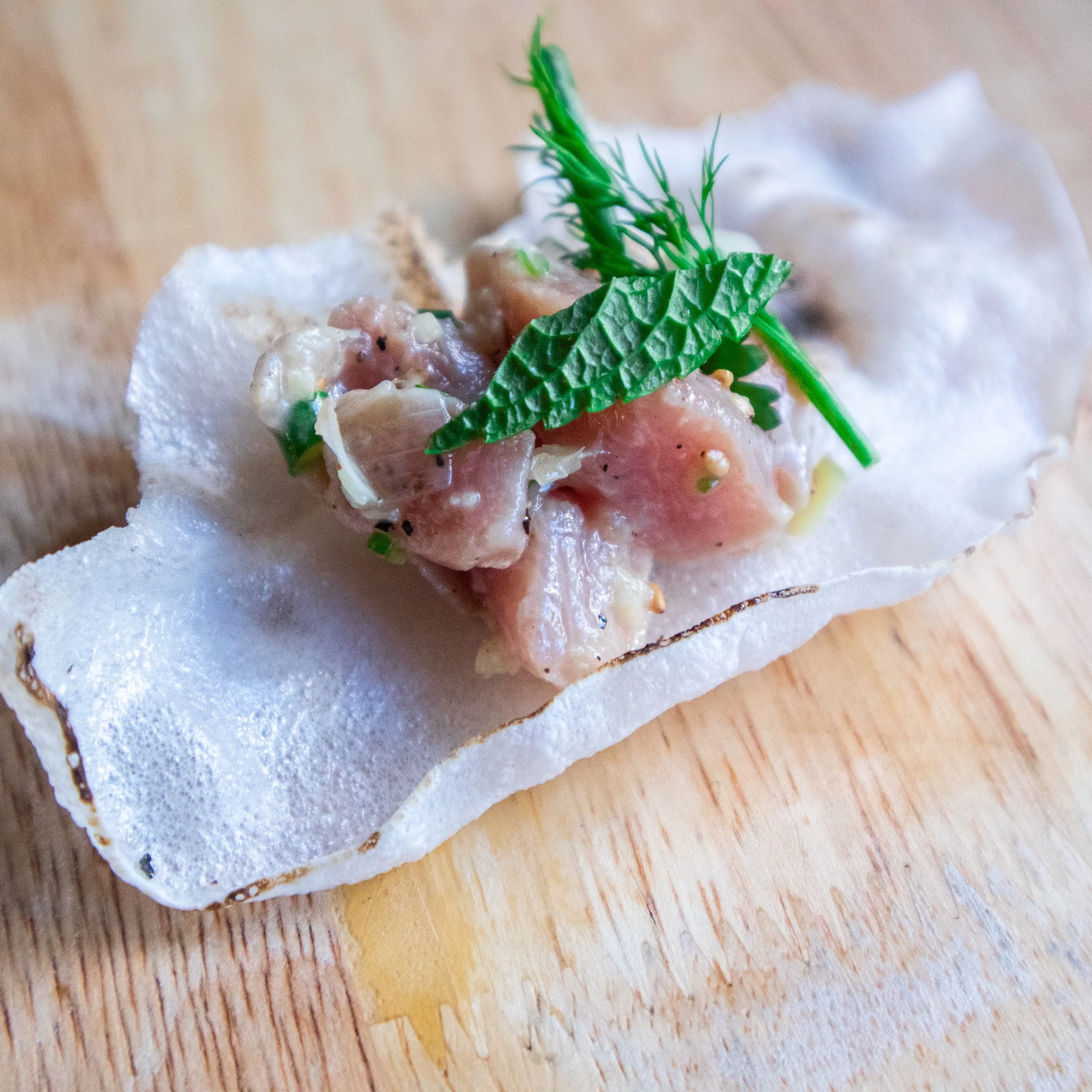














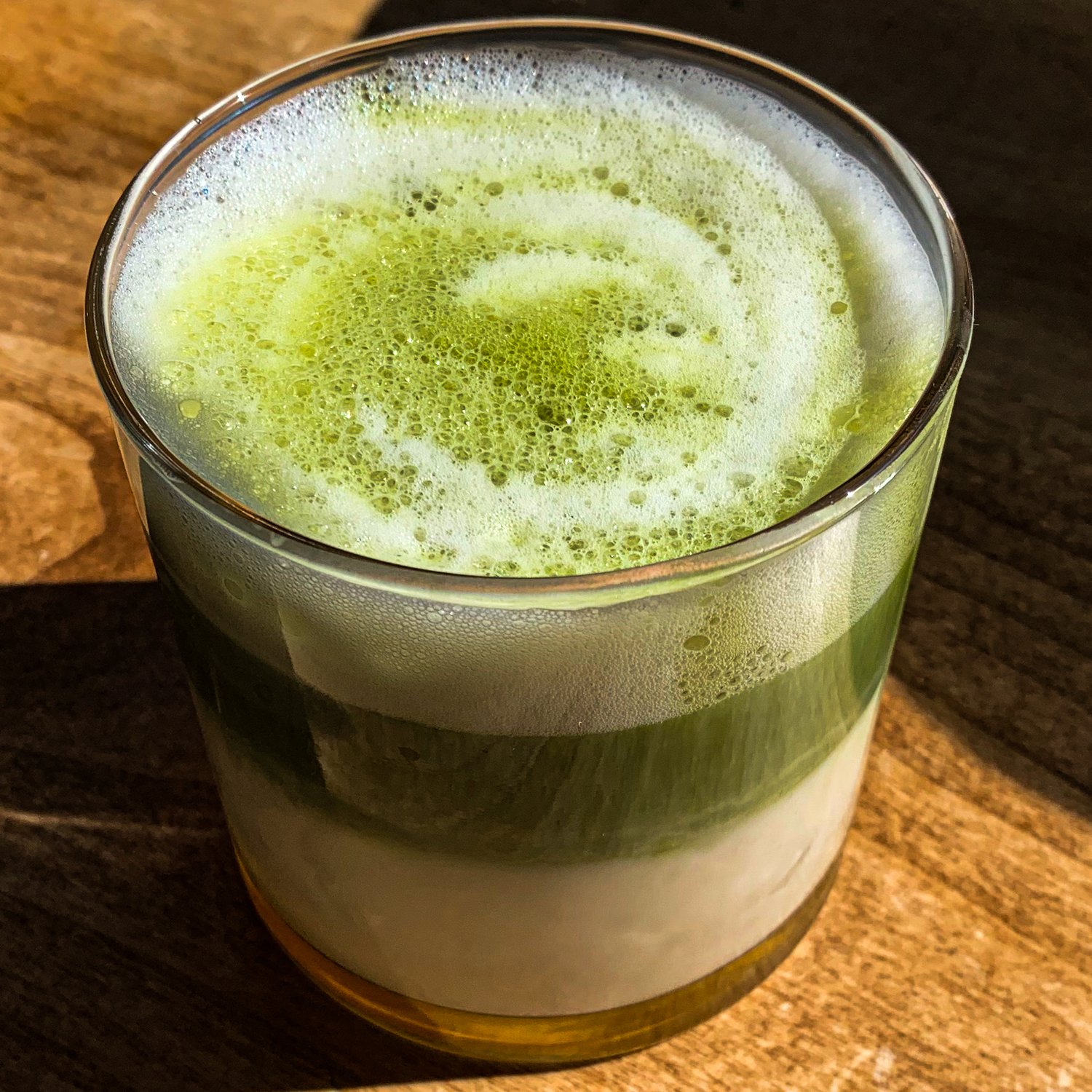



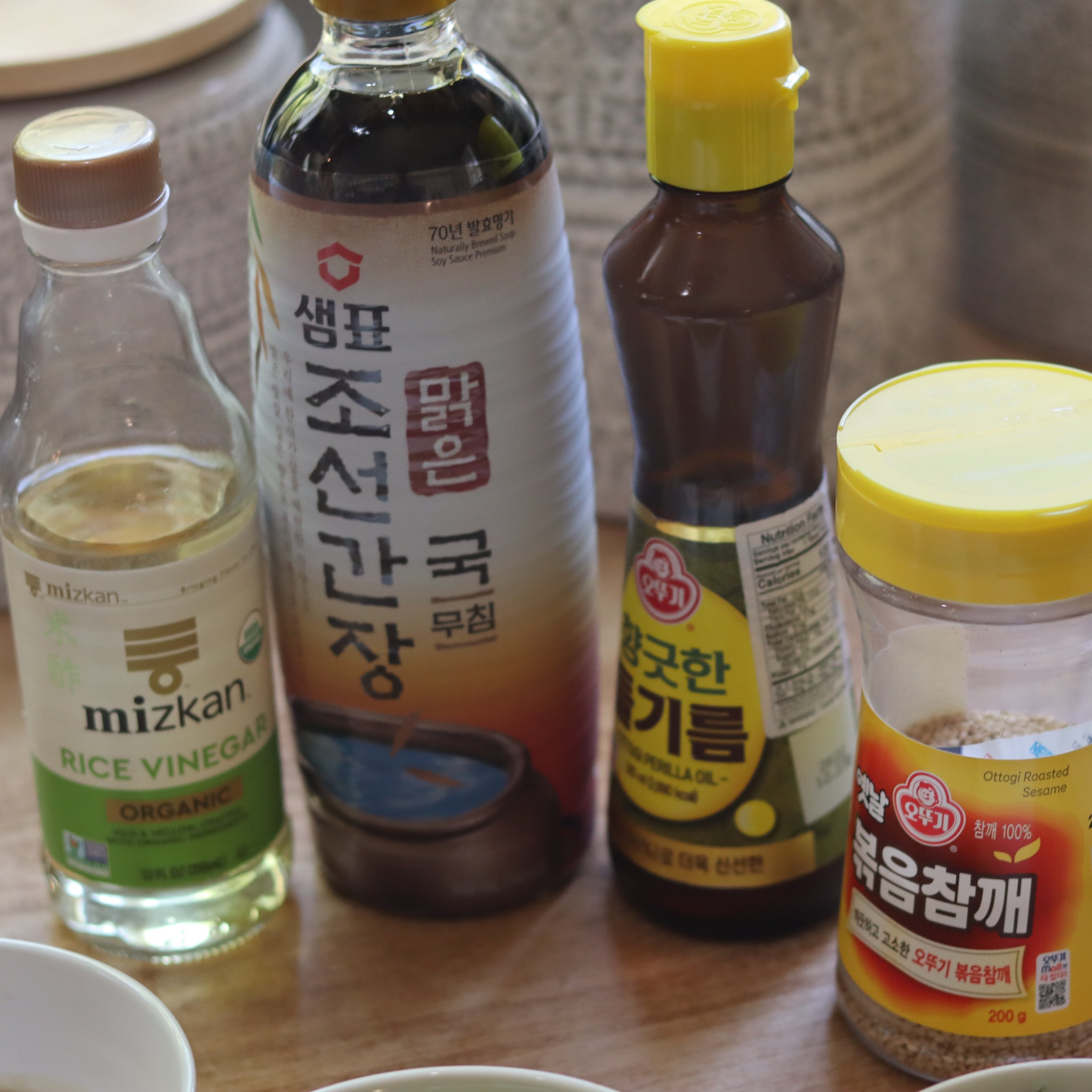
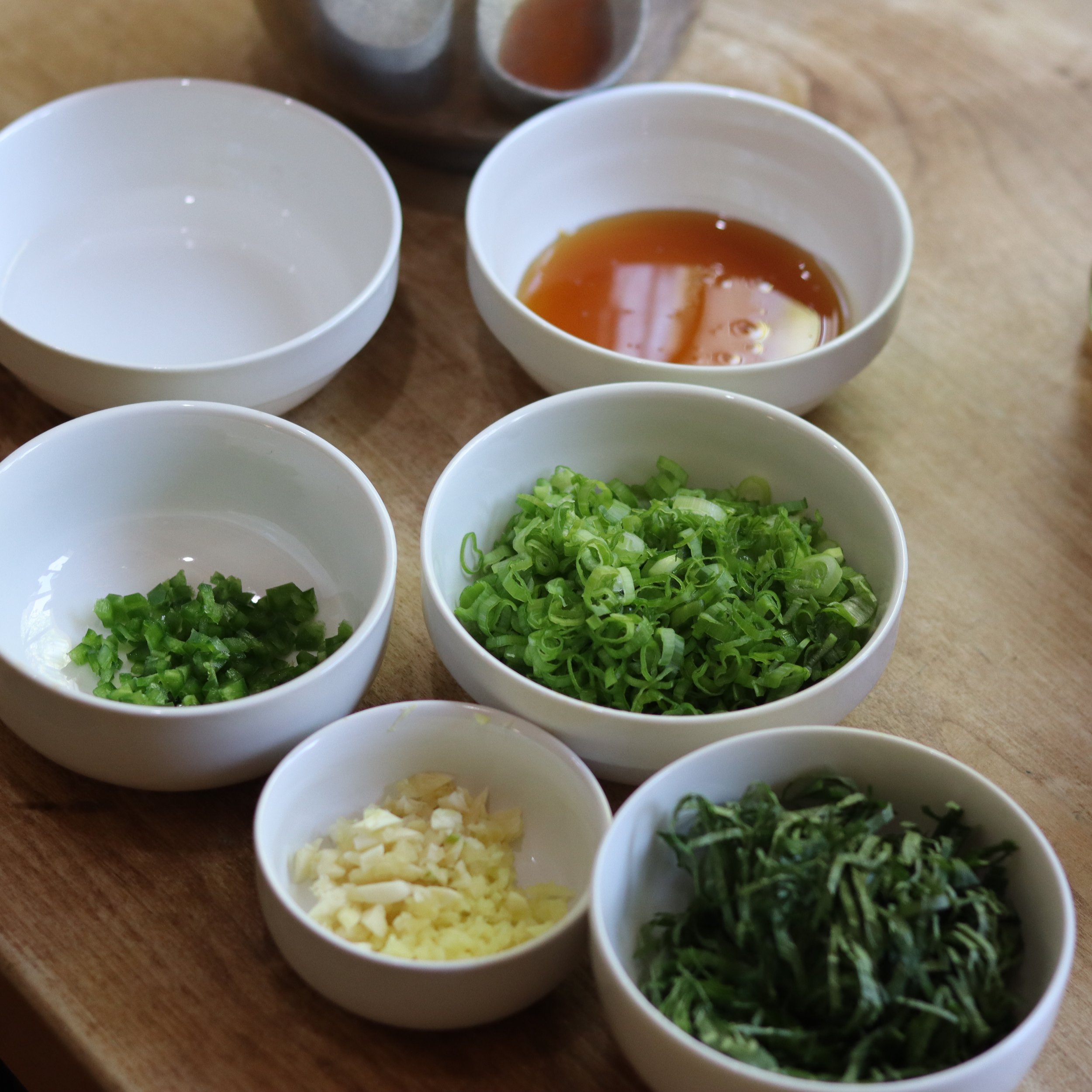
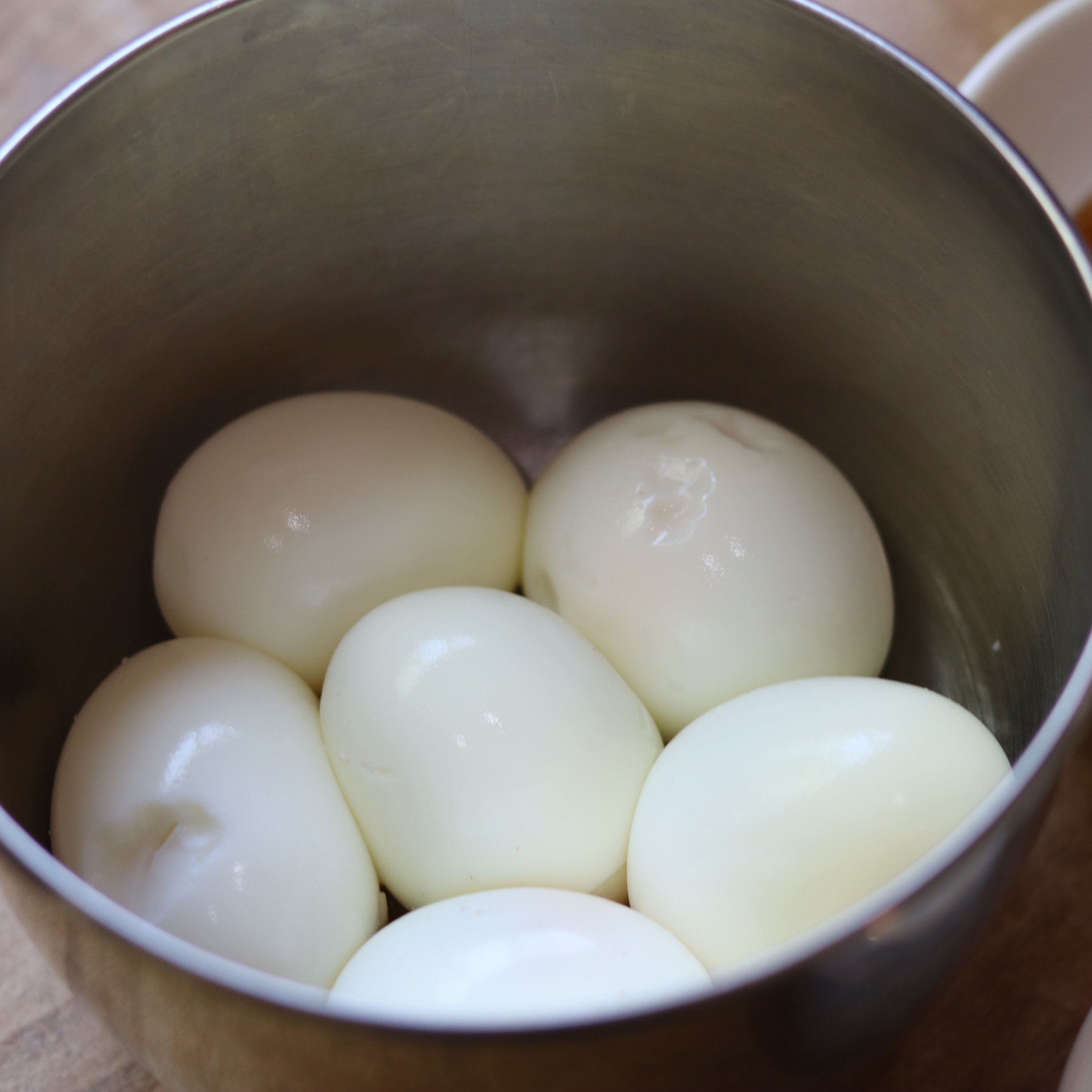
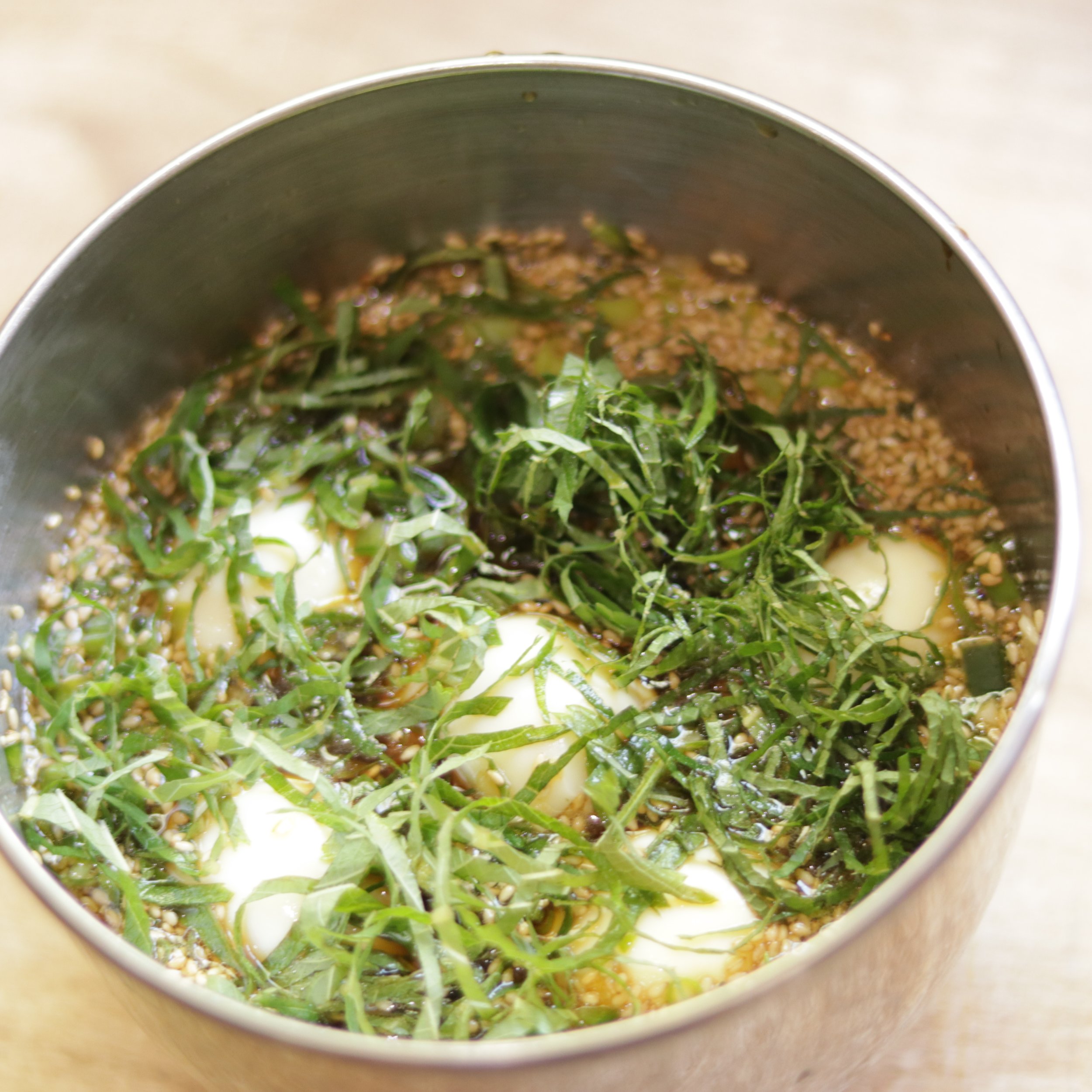






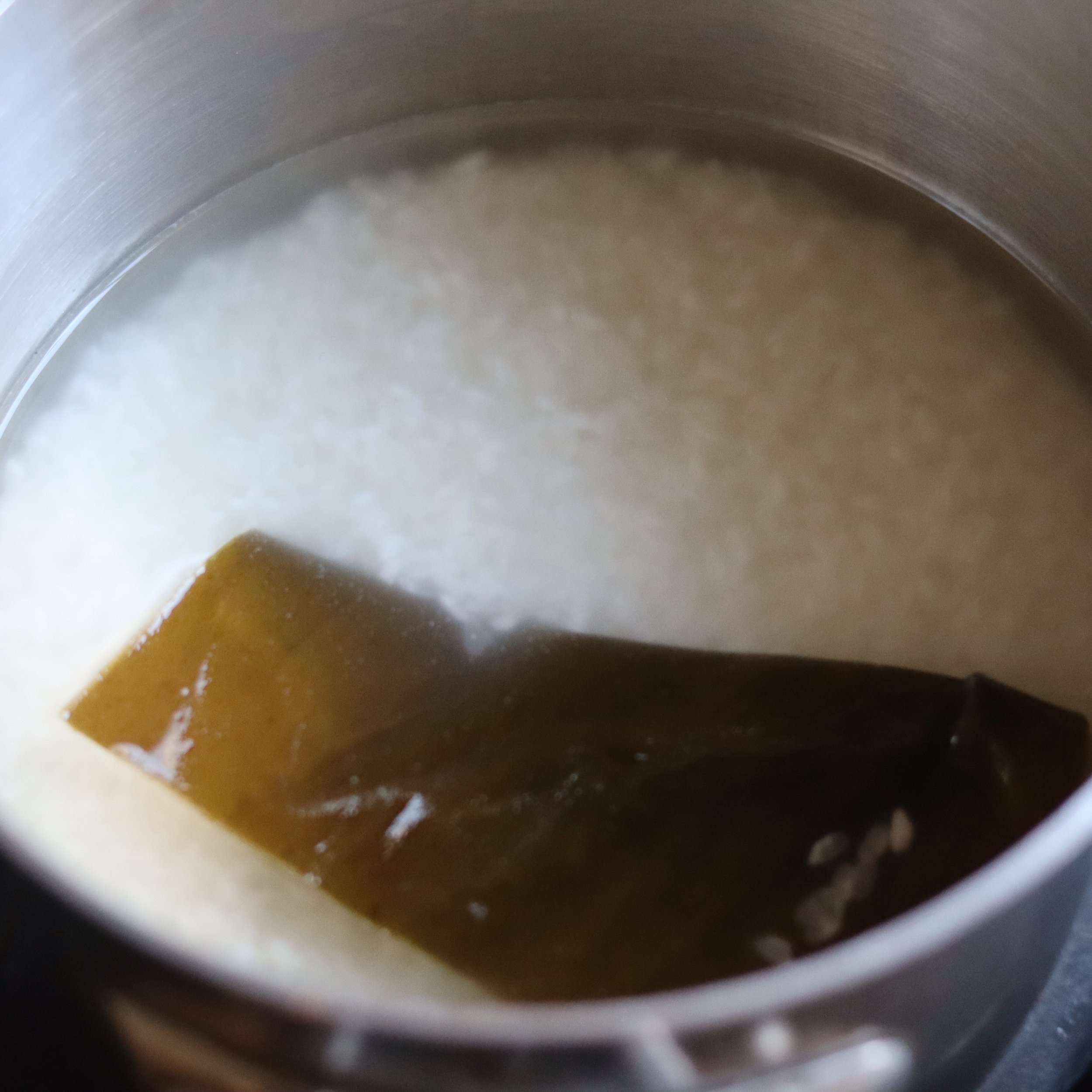
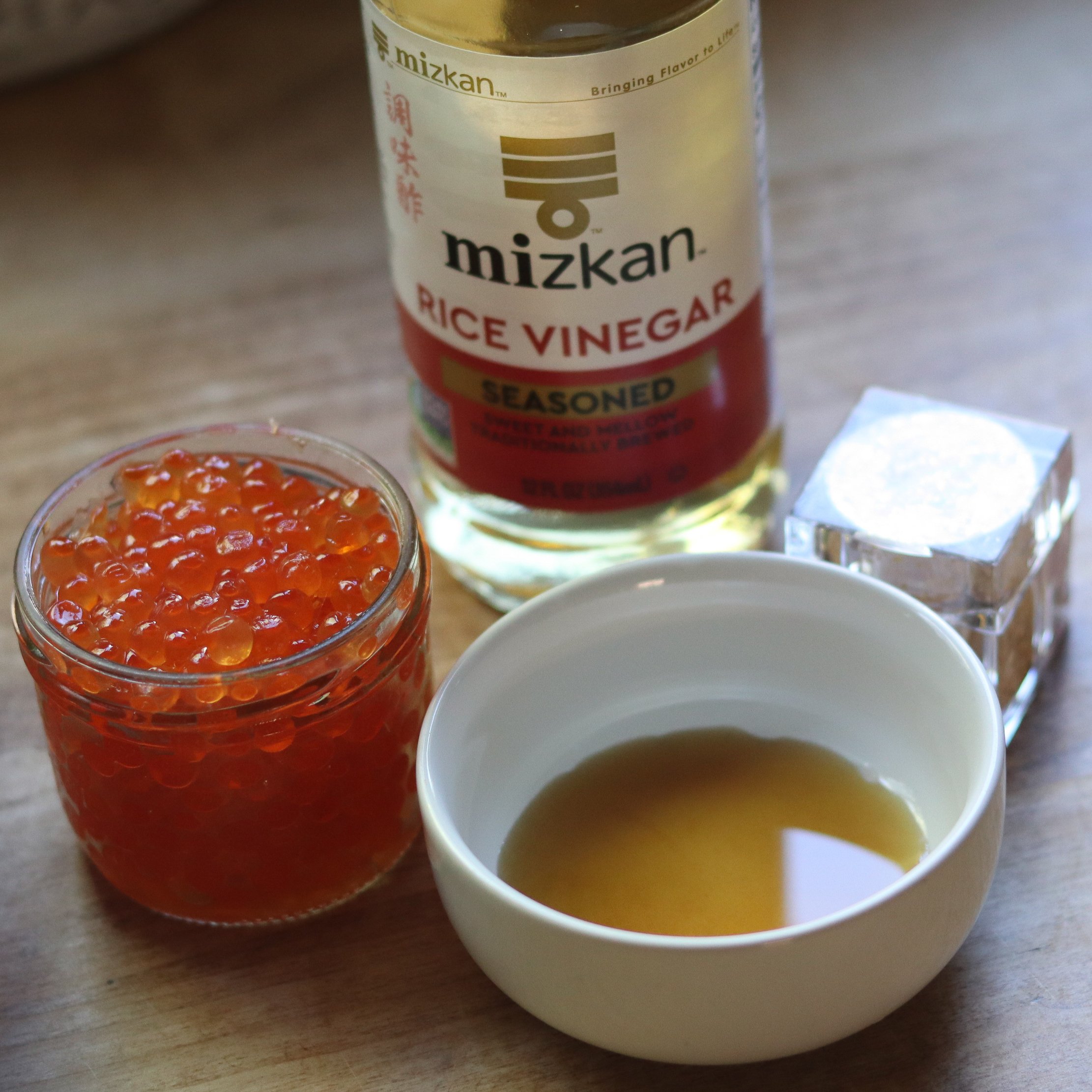
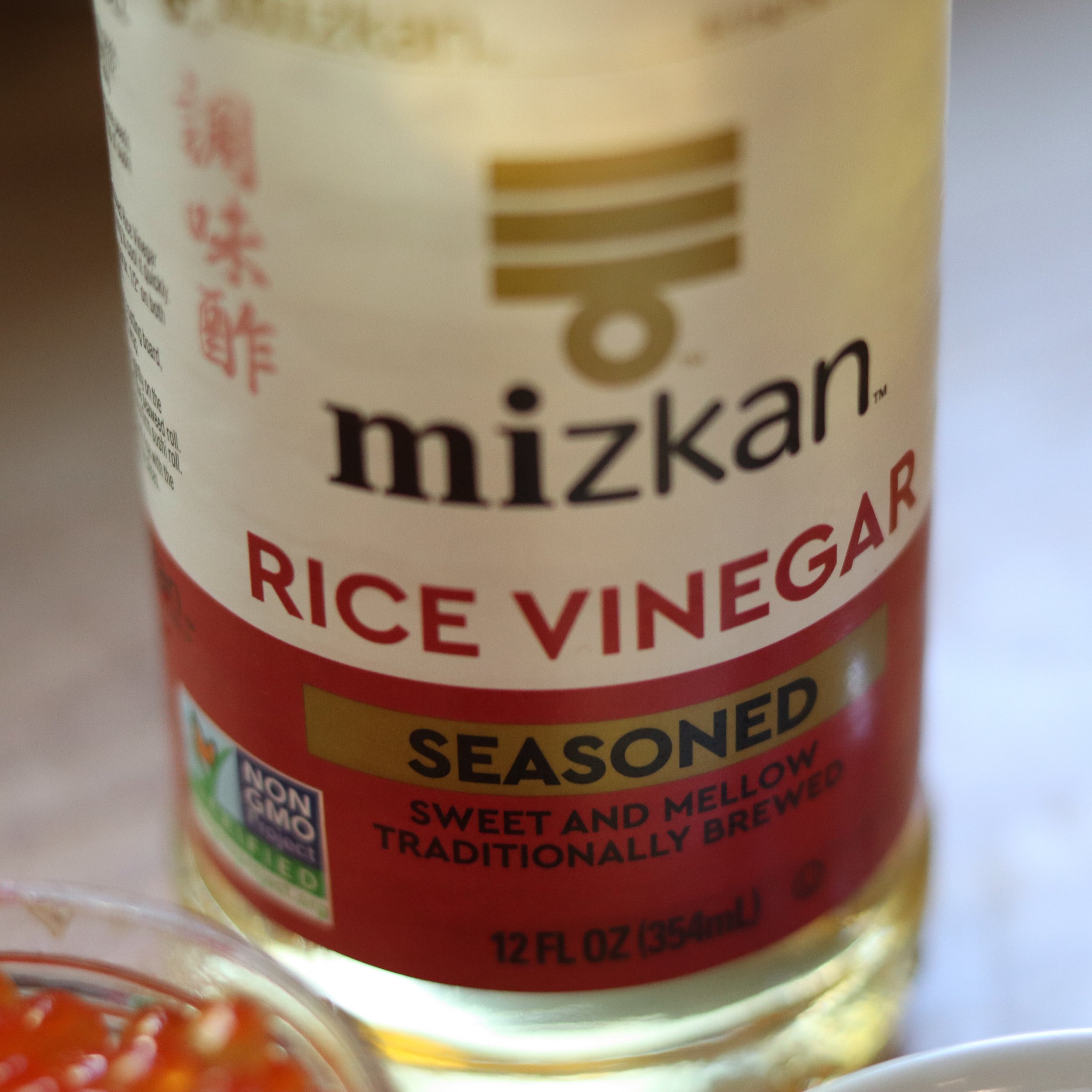













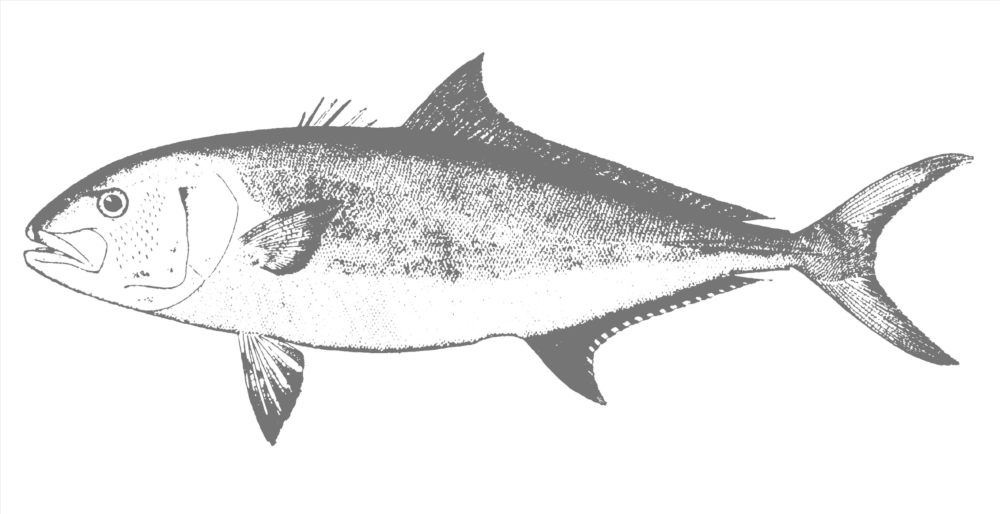


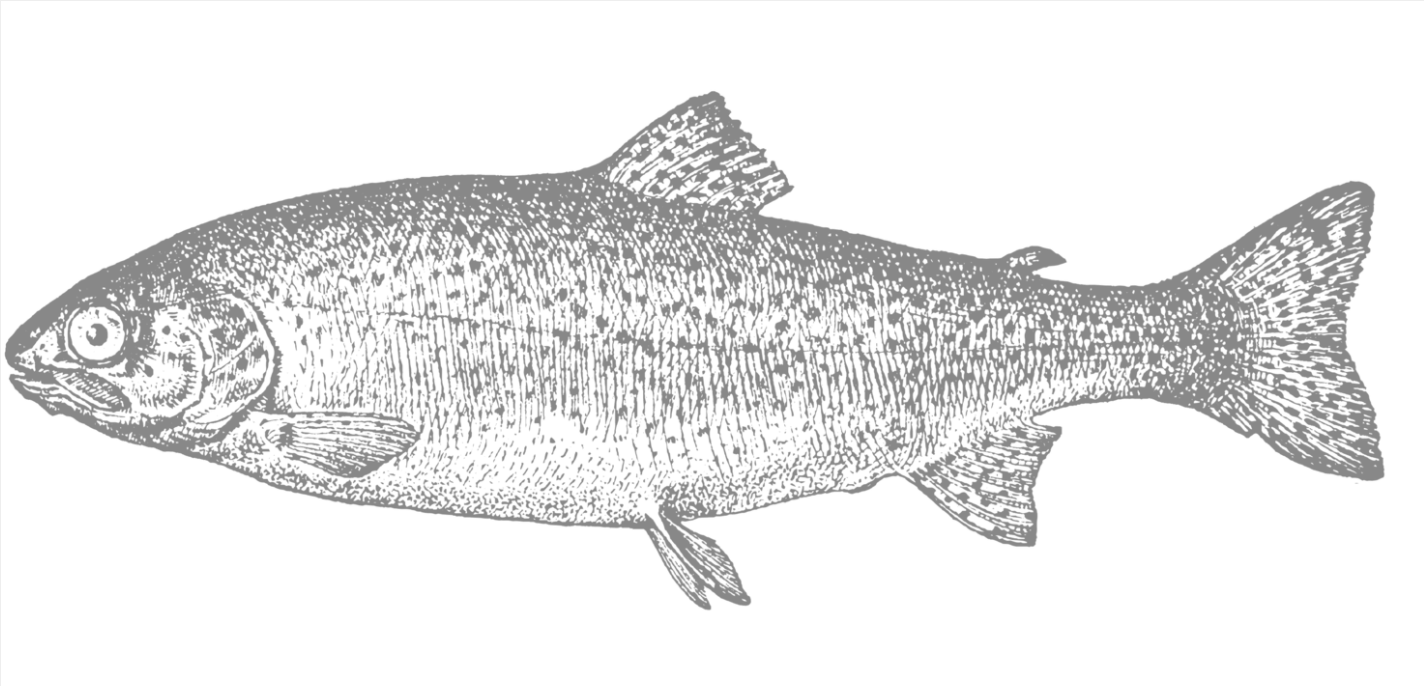
![Cá Áp Chảo - Pan Roasted Fish [w/ SakanaBlue Farmed Steelhead Salmon] Cá Áp Chảo - Pan Roasted Fish [w/ SakanaBlue Farmed Steelhead Salmon]](https://i.imgur.com/qqeu0VV.jpg)










